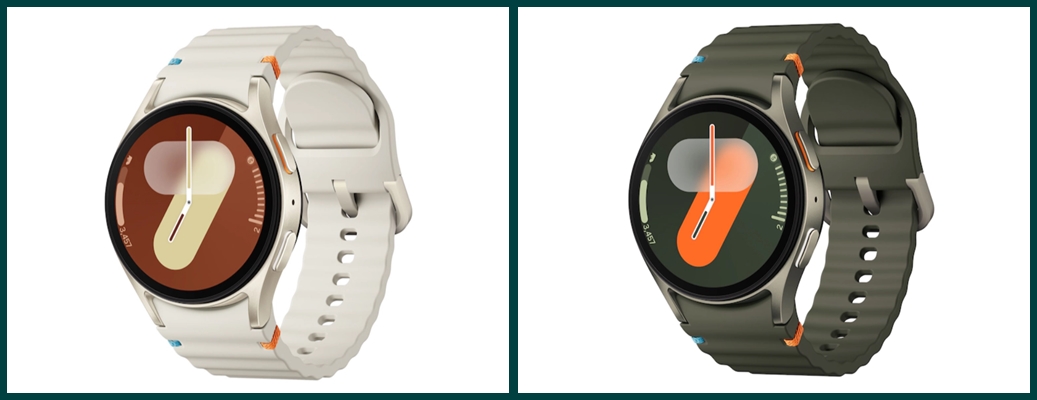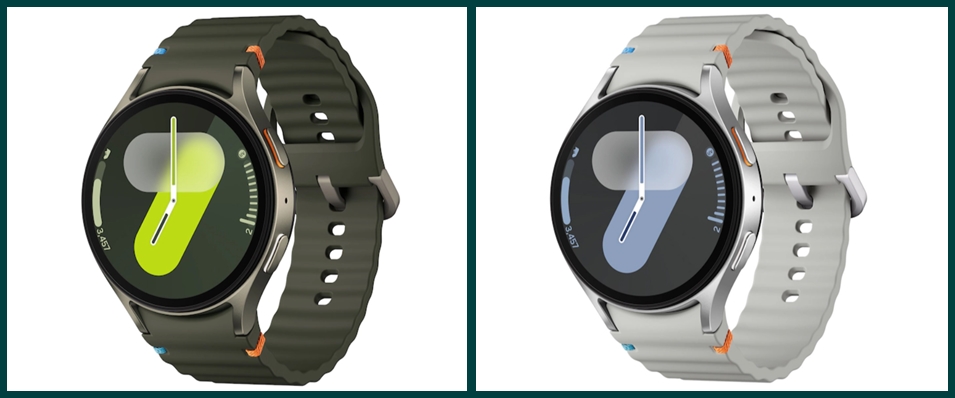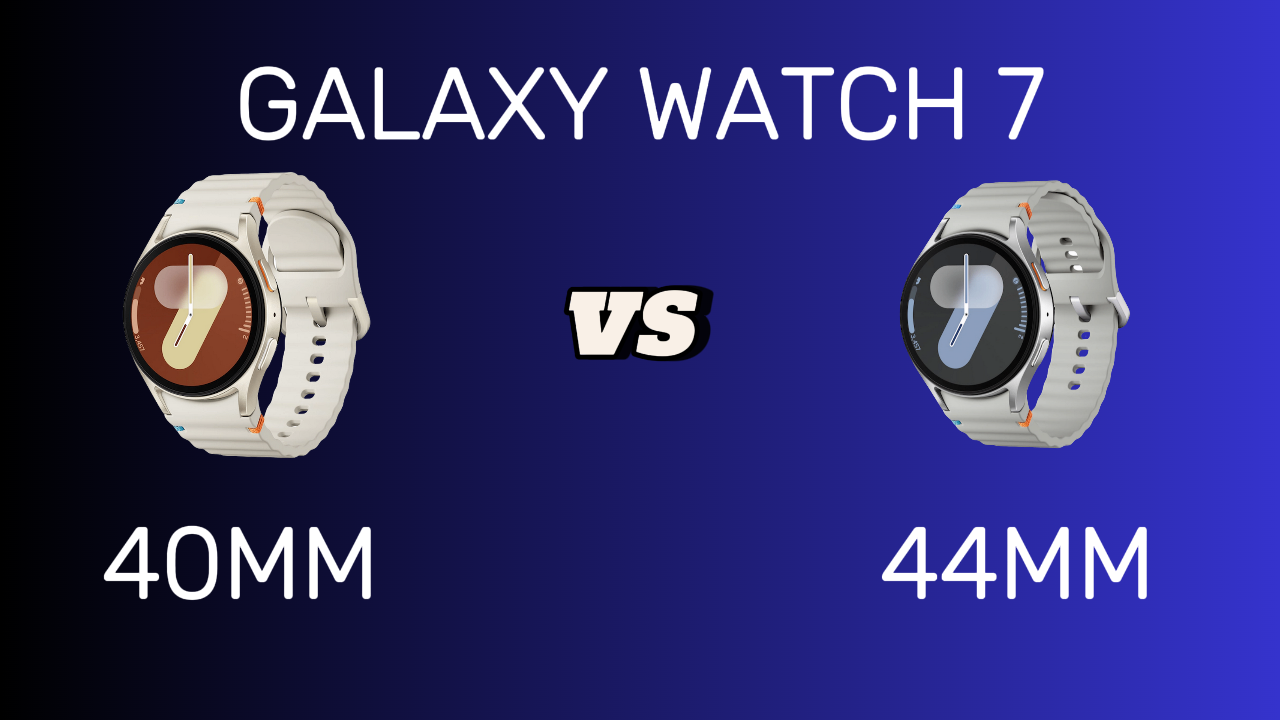Samsung at the recently concluded Galaxy Unpacked event announced the Galaxy Watch 7 and a higher-end Galaxy Watch Ultra. Both watches are expected to be released on the 24th of July.
While the Galaxy Watch Ultra is entirely a whole new watch, the Galaxy Watch 7 succeeds the Galaxy Watch 6 and like its predecessor, it comes in 40 and 44mm sizes. Each of these sizes is available in Bluetooth and LTE models.
Obviously, the purpose of different sizes is to acknowledge that we all have different wrist sizes and to give you the consumer the option to choose your preferred size.
In this article, I will be discussing the differences between the two sizes. Hopefully, this will help you decide which size is best for you.
But before that, let’s take a look at what’s new to the Galaxy Watch 7.
Galaxy Watch 6 vs 7: What is New?

- Galaxy Watch 7 has an improved processor
- Galaxy Watch 7 has a bigger storage
- Galaxy Watch 7 has improved sensors and features for Sleep apnea
- Galaxy AI is here
- Galaxy Watch 7 features dual-band GPS
The Galaxy Watch 7 is equipped with a faster processor. It comes with a 5-core Exynos W1000 chip which is based on a 3nm fabrication process. Samsung claims the new chip can launch apps 2.7x faster than the W930 chip in Galaxy Watch 6.
In addition to the new processor, Samsung has also bumped up the storage capacity of the Galaxy Watch 7. It comes with 32GB of storage which is twice that of Galaxy Watch 6. It joins the likes of Pixel Watch 2 which also has 32GB storage but still falls behind the 64GB of Apple Watch Series 9. With a bigger 32GB of storage, you will have around 24GB for music and app downloads.
The Galaxy Watch 7 sensors have also received significant upgrades. It comes with an improved Bioactive sensor which boasts 3x more LED light and will ensure increased tracking accuracy. Sleep apnea has also been added to the Galaxy Watch 7 and Ultra, though this feature will also come to Galaxy Watch 4, 5, 6, and FE.
Samsung has introduced Galaxy AI to the Galaxy Watch 6 and 7. It is expected to help give you an Energy score based on your sleep and heart rate data. Galaxy AI will also make replying to messages easy. Interestingly, the Energy score will also come to older Galaxy Watches.
Finally, the Galaxy Watch 7 and Ultra welcome dual-band GPS support. These two are the first Galaxy Watches to have multi-band GPS – a feature that has been on many Garmin watches and Apple Watch Ultra 2.
With dual-band GPS, the Galaxy Watch 7 will be able to use both L1 and L5 signals to accurately track your location and pace even in difficult terrains.
Galaxy Watch 7 (40mm) vs (44mm) – The Differences
Now that you know what is new in the Galaxy Watch 7, let’s take a look at the differences between the 40 and 44mm sizes of the Galaxy Watch 7.
- The 44mm unit has a bigger display size
- The available colors are different
- The 44mm unit cost $30 more
The first noticeable difference between the 40 and 44mm units is the size. While the 44mm is very lightweight and comfortable to wear, the 40mm is even more compact and thus more lightweight and comfortable to wear.
As a result of the bigger frame size, the 44mm unit has a bigger 1.5 inches display compared to 1.3 inches of the 40mm size.
Meanwhile, both sizes have the same armor aluminum case with Sapphire glass protecting the display. Meanwhile, the straps come in silicone materials and can changed if you so desire. It is also the same sAMOLED display with up to 2000nits brightness.

As per available colors, while the 40mm unit comes in green and cream colors, the 44mm unit comes in green and silver colors.

As a result of the bigger display, the 44mm unit cost $30 more than the 40mm unit.

The 40 and 44mm units of the Bluetooth model will retail for $300 and $330 respectively. On the other hand, the 40 and 44mm units of the LTE model go for $350 and $380 respectively.
Which Size Should You Get?
In a few words, the 40mm size is the best choice for women and individuals with smaller wrist sizes while the 44mm unit is the best for individuals with moderate to big wrist sizes. To be more specific, you can use a tape or meter rule to measure the width of your wrist, then compare it with the width of the watch. This was exactly how I was able to choose the 47mm Galaxy Watch 6 Classic.
Prefer video? You can watch this video where I explain the differences between the 40mm and 44mm units of the Galaxy Watch 7.

